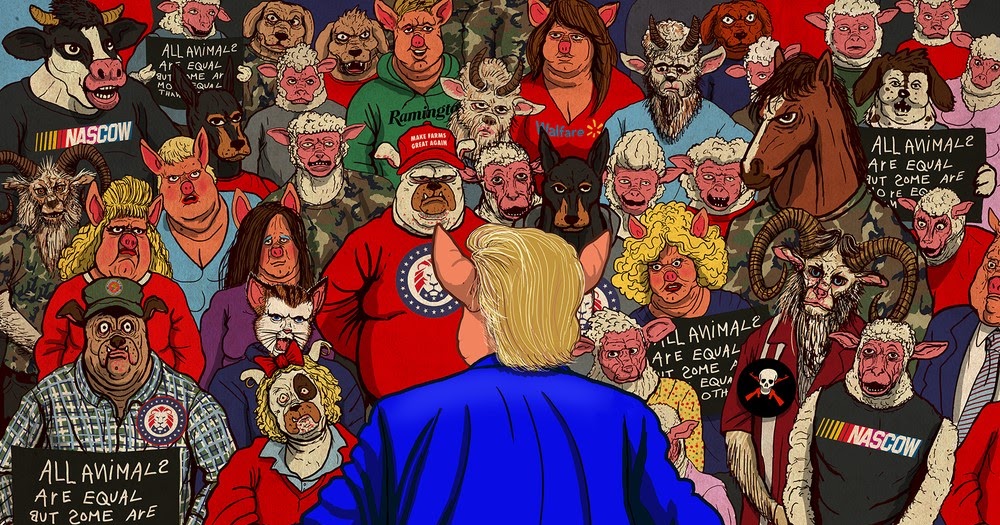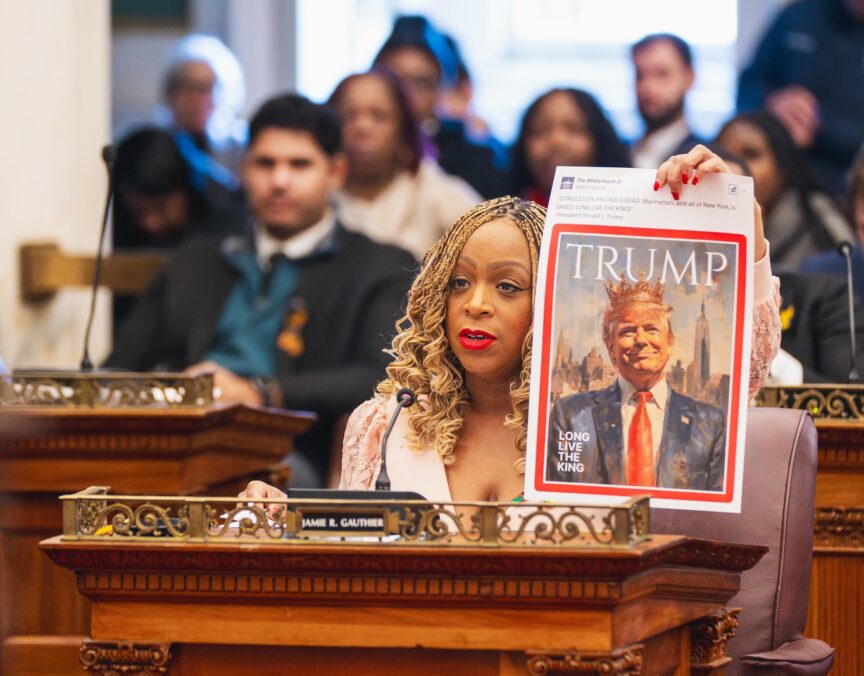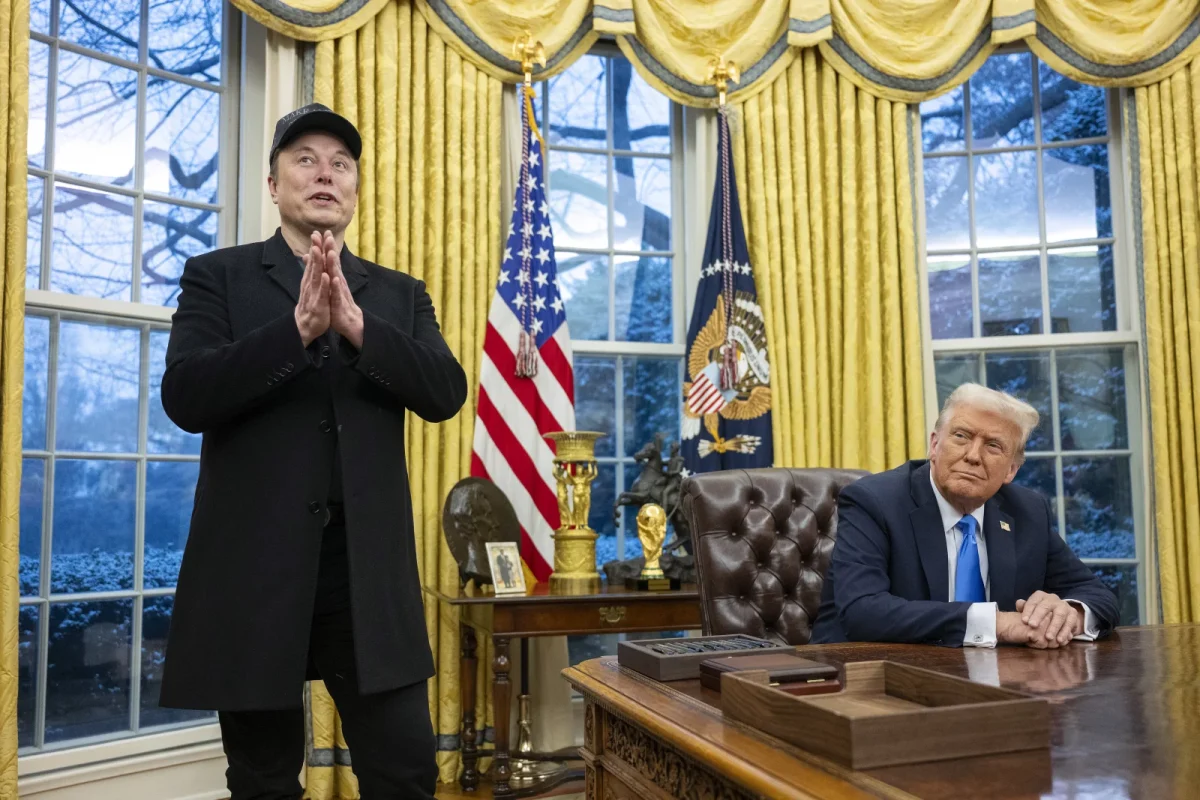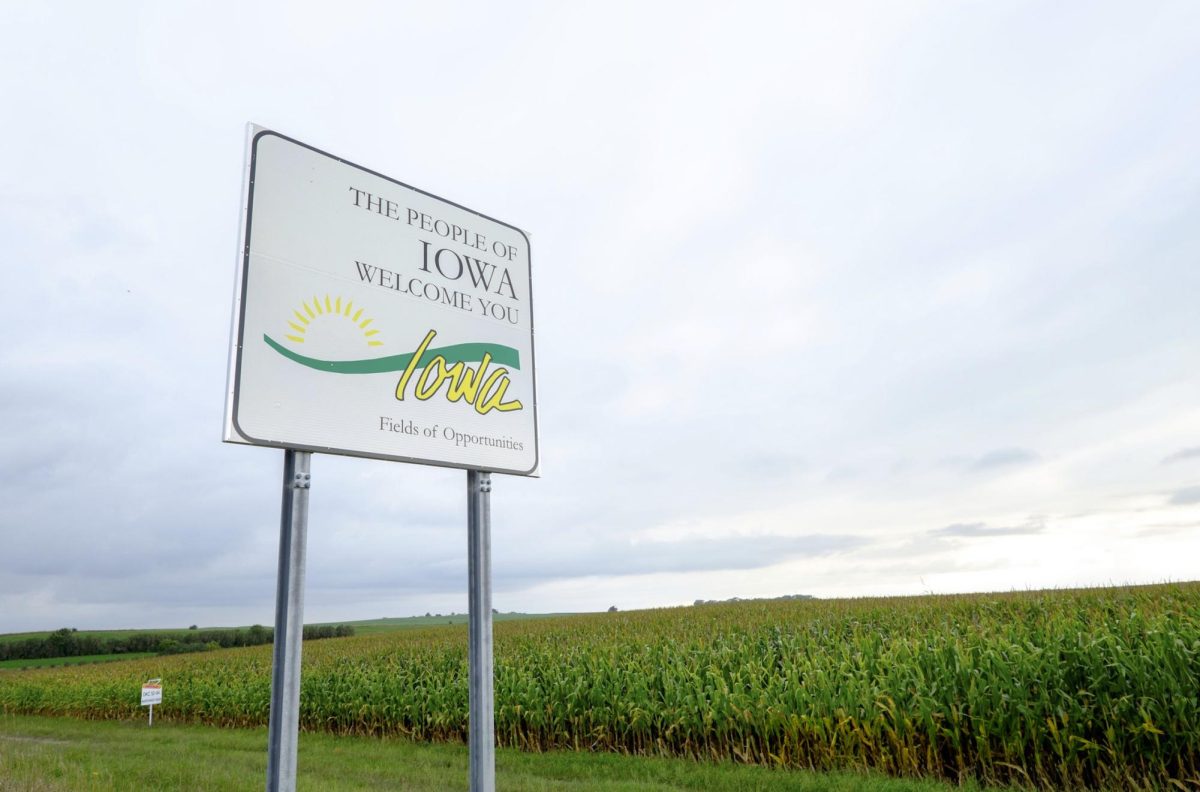With the election cycle in full force, all attention in the media is on the candidates and their increasingly distinguished and aggressive platforms. While voters are worried about what issues will be addressed and how, one issue that has been gaining attention as of late actually affects whether or not certain Americans can vote. Voter ID laws, and specifically photo ID laws, seem like common sense to many: the Constitution (and later amendments) guarantee equal voting rights for all American citizens, a huge step up from an unfortunate beginning of allowing only white, property-owning males to vote.
But on the flip side of this inclusivity is some necessary exclusivity: if all American citizens can vote, then of course only American citizens can vote, and one vote per citizen at that. So requiring valid proof of citizenship, such as photo IDs, makes sense on a basic level. But it’s much more complicated than simply “protecting the integrity of the voting process.”
The biggest concern of those pushing for photo ID laws is the prevalence of voting fraud, but some quick insight reveals that the issue is significantly less of one than some lawmakers would have you believe. Voter impersonation, which usually involves people voting under the guise of recently deceased citizens, is surprisingly rare: A study from the Washington Post reveals only “31 credible incidents out of one billion ballots cast” between 2000 and 2014.
Of course, voting fraud, no matter how rare the occurrence might be, is worth preventing. Allowing people to undermine the voting system could influence elections, and though it usually does happen on a small enough scale to not pose a real threat of this, for a process as important as electing our government officials, any precaution should be taken. But maybe photo ID requirements aren’t the right measure to take, if they hurt legitimate voters more than they prevent fraudulent voters.
According to a 2011 study by the Brennan Center for Justice at New York University’s School of Law, “11 percent of voting-age Americans did not have current government-issued photo ID.” To make matters worse, 18% of seniors and a whopping 25% of African Americans surveyed did not have valid photo IDs. That’s 3.2 million people ineligible to vote who are otherwise guaranteed that right by the Constitution, and that already disturbing number disproportionately includes minorities, elderly, young adults and the poor alike. Many have no driver’s license, for example, because they are either unable to afford cars or they live in rural areas far removed from facilities where they can obtain photo IDs. In Texas alone, over half a million of previously registered state voters didn’t have credentials matching the standards of the state’s strict photo ID laws. This is a huge deal: While voter ID laws may aim to protect the so-called “integrity” of the ballot, what they may very well achieve is the widespread disenfranchising of millions of voters and a severe undermining of American democracy.
Our country has had quite a history with controversial voter restriction laws. From religious tests at polls to literacy tests to the notorious Jim Crow laws, what have seemed like common-sense standards for voter qualification in the past are, in retrospect, horribly discriminatory. With the balance tipped against an alarming number of eligible voters, photo ID laws are a drastic overstep in response to the perceived threat of voting fraud. But supporters cite a number of countries in Europe that have such strict requirements, namely Sweden, Switzerland, etc., all of which have few problems with disenfranchising voters. And yet these countries also automatically provide citizens with photo IDs once they come of age, a measure that should necessarily precede requiring photographic proof of citizenship at polls. That is common sense.
So until America is in a position to guarantee photo identification to all Americans, which hardly any supporters of photo ID laws are pushing for, voter ID laws need to move more in the direction of inclusivity. And this is a hard point to sell to an audience of students who almost all have these kinds of identification, but it’s important to expand our awareness to those less-heard voices that we normally wouldn’t think about. And this means being aware of the dangers of photo ID laws and the threat they pose to the American electoral system.










